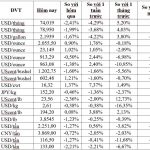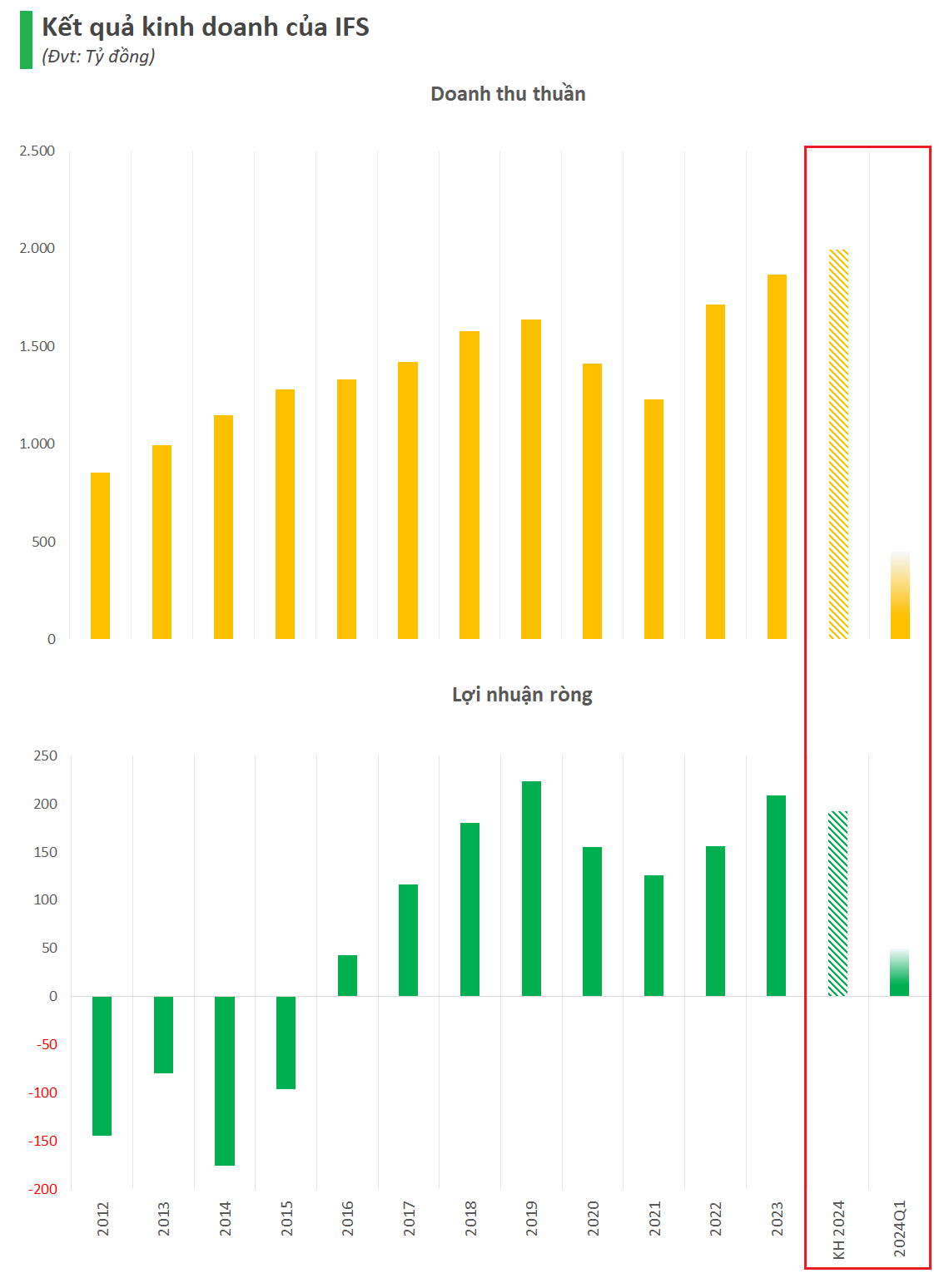Global gold prices dipped slightly in Friday’s trading session (June 28th), following US economic data that indicated a continued downward trend in inflation, in line with expectations. This reinforces the possibility of an interest rate cut by the Federal Reserve in September. Analysts predict gold prices to continue accumulating in the coming sessions, with a low likelihood of breaking out of the $2,300-2,350 range in the short term.
At the close of trading in New York, spot gold prices fell by $2.4/oz, equivalent to a 0.1% decrease, settling at $2,327/oz, according to Kitco exchange data. Converted at Vietcombank’s selling rate, this spot gold price is equivalent to VND 71.4 million/lauro, up VND 100,000/lauro from yesterday’s morning session. Gold prices rose by approximately 0.5% over the week.
A report from the US Department of Commerce revealed that the inflation rate for May slowed to its lowest level in three years. The core Personal Consumption Expenditures (PCE) price index, which excludes volatile food and energy costs, rose 0.1% last month and 2.6% from a year earlier. These increases were in line with forecasts by economists in a Dow Jones survey.
The overall PCE price index was unchanged in May and rose 2.6% from a year ago, also matching earlier predictions.
As the Fed’s preferred inflation measure, the core PCE index greatly influences market expectations regarding the Fed’s monetary policy decisions. On Friday, the market predicted a 64-68% likelihood of the Fed initiating an interest rate cut in their September meeting, according to the FedWatch Tool from CME Group. Additionally, the market anticipates two rate cuts by the Fed this year, with the second one expected in December.
“The trend of inflation is continuing to ease slightly. As a result, bond prices have ticked up, and yields have eased slightly, which is supportive of gold,” said David Meger, director of metals trading at High Ridge Futures.
However, US Treasury yields rebounded towards the end of the trading session, exerting downward pressure on gold prices, as political uncertainty heightened following the first direct debate between US presidential candidates Donald Trump and Joe Biden, and ahead of France’s early parliamentary elections this Sunday.
The yield on the 10-year US Treasury note rose more than 0.1 percentage points at the close, climbing above 4.39%.
Gold prices found some support from a weaker US dollar, which also retreated following the release of the US inflation report. The Dollar Index closed at 105.87. However, for the week, the index gained nearly 0.1%.
Several Fed officials expressed optimism after the inflation report. Mary Daly, president of the San Francisco Fed and a member of the Federal Open Market Committee (FOMC), commented that the latest inflation data was “good news, suggesting that policy is working.”
“Gold is still trading within a relatively narrow range and is likely to maintain this range until the Fed confirms an impending rate cut,” said Chris Gaffney, president of EverBank World Markets.

“Gold is in an accumulation phase, but with a bias towards higher prices. Persistent inflation, simmering geopolitical tensions, and rising government budget deficits will be supportive factors for gold,” said Michele Schneider, chief strategist at MarketGauge.com, in an interview with Kitco News.
Many analysts concur with this outlook, stating that gold prices are unlikely to break out in the short term above the $2,350/oz threshold but will maintain their long-term upward trend as long as gold holds above the $2,300/oz level.
Schneider suggested that gold prices could continue to fluctuate within a narrow range during the summer’s typically quiet trading period but are poised for a potential breakout before September. She believes the Fed will need to lower interest rates, even with inflation running above its target, as maintaining higher rates for an extended period could push the economy into a recession.
“I don’t think the Fed will change its stance before its next meeting at the end of July. But the question is, by the time they are forced to act, how bad will the economy be?” Schneider added.
Market Update on February 2nd: Oil, Copper, Iron & Steel, Rubber, and Sugar Prices Decline, Gold Surges to Almost 1-Month High.
At the end of the trading session on February 1st, the prices of oil, copper, iron and steel, rubber, and sugar all dropped, while natural gas hit a nine-month low and gold reached its highest point in nearly a month.
Market Update on February 3rd: Crude oil, gold, copper, iron and steel, and rubber all decline together.
At the close of trading on February 2nd, the prices of oil, gold, copper, steel, rubber, and coffee all saw a simultaneous decrease, with iron ore hitting a two-week low.

















